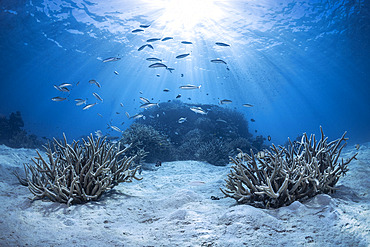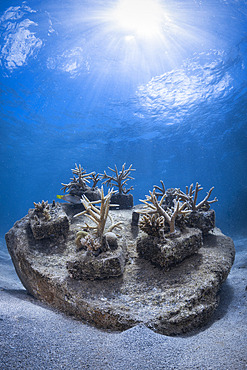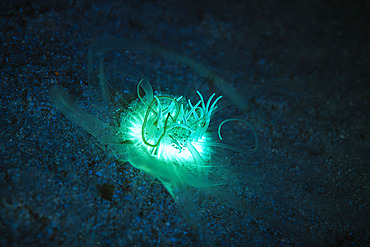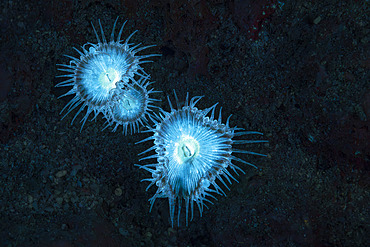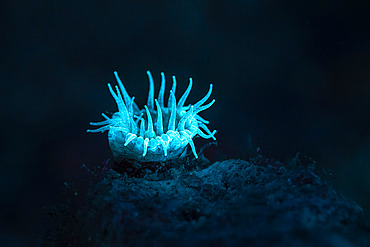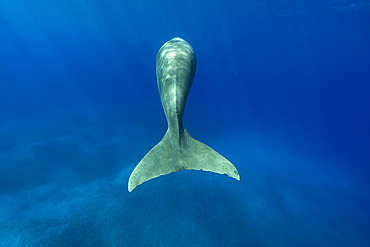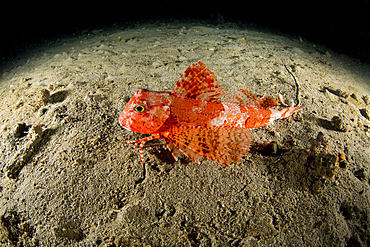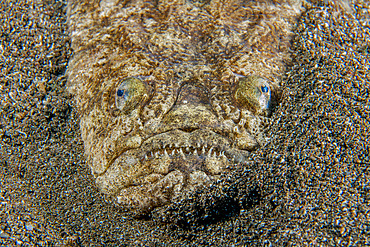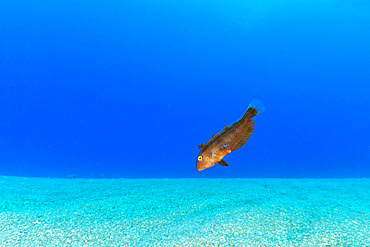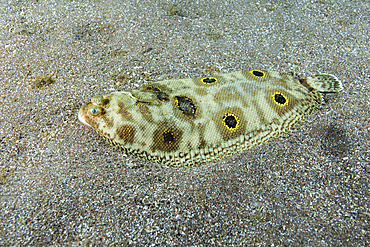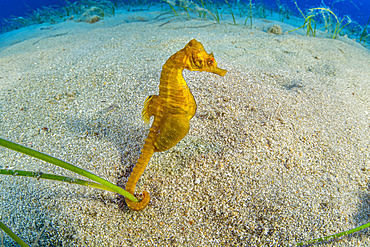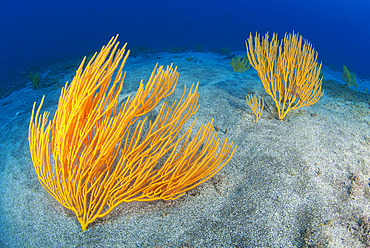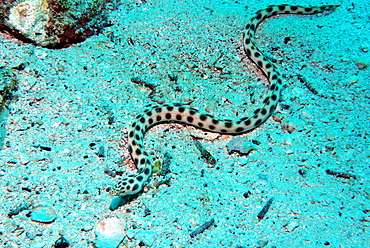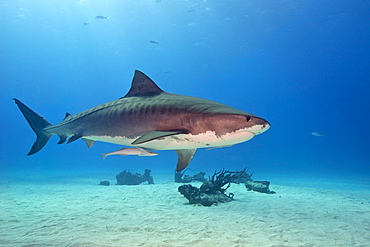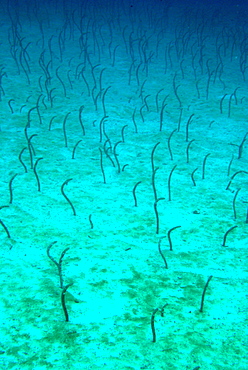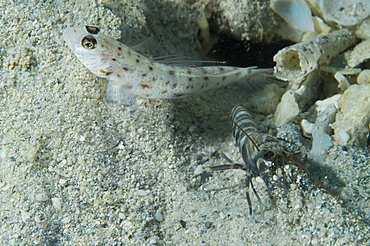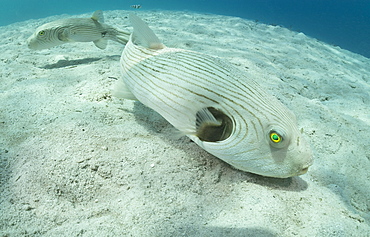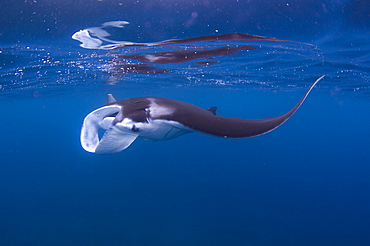Recent searches
Loading...
860-292438 - Coral nursery monitoring in Mayotte lagoon
860-292437 - Coral bunches scattered on white sand in the pools of Longoni, Mayotte
860-291996 - Fluorescent Tube Anemone (Cerianthidae sp) hunting at night on the sand of the S pass. Mayotte
860-291995 - Small fluorescent sea anemones at night on the bottom of the S pass, Mayotte
860-291992 - Small fluorescent sea anemone at night on the bottom of the S pass, Mayotte
860-291907 - Dugong (Dugong dugon) feeding on a seagrass meadow (Halophila stipulacea), accompanied by a young Golden trevally (Gnathanodon speciosus). Marsa Alam, Egypt. Red Sea
860-291904 - Dugong (Dugong dugon) rear view showing the distinctive mammalian tail. Marsa Alam, Egypt. Red Sea
860-291770 - Plage de l'Hermitage, L'Hermitage les Bains, Reunion Island, France
860-291495 - Drainage system with lake on the surface of the ice sheet. The brown sediment on the ice is created by the rapid melting of the ice. Landscape of the Greenland ice sheet near Kangerlussuaq. America, North America, Greenland, danish territory
860-291494 - Drainage system on the surface of the ice sheet. The brown sediment on the ice is created by the rapid melting of the ice. Landscape of the Greenland ice sheet near Kangerlussuaq. America, North America, Greenland, danish territory
860-291493 - Drainage system on the surface of the ice sheet. The brown sediment on the ice is created by the rapid melting of the ice. Landscape of the Greenland ice sheet near Kangerlussuaq. America, North America, Greenland, danish territory
860-291479 - Spotted marbled shrimp (Saron neglectus) on sand, Mayotte
860-290737 - White spotted octopus (Octopus macropus) above bottom. Marine invertebrates of the Canary Islands.
860-290408 - Streaked gurnard (Trigloporus lastoviza), Puolo Bay, Marine Protected area Punta Campanella, Massa Lubrense, Penisola Sorrentina, Costa Amalfitana, Italy, Tyrrhenian Sea, Mediterranean
860-290010 - Pearly razorfish, (Xyrichtys novacula), Ponza island, Italy, Tyrrhenian Sea, Mediterranean
860-290013 - Actinaria, sand anemone, Condylactis aurantiaca, Ponza island, Italy, Tyrrhenian Sea, Mediterranean
860-290407 - Sea star, (Astropecten aranciacus), Puolo Bay, Marine Protected area Punta Campanella, Massa Lubrense, Penisola Sorrentina, Costa Amalfitana, Italy, Tyrrhenian Sea, Mediterranean
860-290263 - Atlantic stargazer(Uranoscopus scaber). He lives buried in the sand, with only his two eyes and his mouth sticking out of the bottom. Fish of the Canary Islands, Tenerife.
860-290015 - Sea horse (Hippocampus guttulatus), Ponza island, Italy, Tyrrhenian Sea, Mediterranean
860-290012 - Pearly razorfish juvenile, (Xyrichtys novacula), over a sandy bottom, Ponza island, Italy, Tyrrhenian Sea, Mediterranean
860-290324 - Foureyed sole (Microchirus ocellatus). Pleuronectiformes (Flatfishes), Soleidae (Soles). Fish of the Canary Islands, Tenerife.
860-290014 - Short-snouted seahorse, (Hippocampus hippocampus), male, Ponza Island, Italy, Tyrrhenian Sea, Mediterranean Sea.
860-290411 - Flame scallop (Limaria hians or Lima hians), Puolo, Marine Protected area Punta Campanella, Massa Lubrense, Penisola Sorrentina, Costa Amalfitana, Italy, Tyrrhenian Sea, Mediterranean
860-290380 - Yellow seafan (Leptogorgia viminalis), Underwater backgrounds of the Canary Islands, Gran Canaria..
860-288797 - Remarkable flysch formations of Deba, Basque Coast Geopark, Basque Country, Spain. Flysch formed at the end of the Mesozoic era in the Cretaceous - flyschs are formed by sediment accumulation following repeated submarine avalanches, due to earthquakes, and producing after compaction and crystallization very regular layers of sandstone and limestone here recovered by Pyrenean orogeny and released by erosion.
860-288881 - Misool landscape, Raja Ampat, Indonesia
860-288796 - Remarkable flysch formations of Deba, Basque Coast Geopark, Basque Country, Spain. Flysch formed at the end of the Mesozoic era in the Cretaceous - flyschs are formed by sediment accumulation following repeated submarine avalanches, due to earthquakes, and producing after compaction and crystallization very regular layers of sandstone and limestone here recovered by Pyrenean orogeny and released by erosion.
860-288538 - Roughtail Stringray (Dasyatis centroura),Tenerife, Canary Islands, Spain, Atlantic Ocean
860-288537 - Roughtail Stringray (Dasyatis centroura),Tenerife, Canary Islands, Spain, Atlantic Ocean
860-288535 - Violet Sea Urchin (Sphaerechinus granularis), Tenerife, Canary Islands, Spain, Atlantic Ocean
860-287085 - Nurse shark (Ginglymostoma cirratum), steal the fish from the diver, Chinchorro Banks (Biosphere Reserve), Quintana Roo, Mexico
860-287084 - Scuba diver hunting the Invasive lionfish, alien species (Pterois volitans) caught to feed the crocodiles, Chinchorro Banks (Biosphere Reserve), Quintana Roo, Mexico
860-287089 - American crocodile (Crocodylus acutus), Chinchorro Banks (Biosphere Reserve), Quintana Roo, Mexico
860-287086 - Free diver taking pictures of an American crocodile (Crocodylus acutus), Chinchorro Banks (Biosphere Reserve), Quintana Roo, Mexico
860-287083 - Scuba diver hunting the Invasive lionfish, alien species (Pterois volitans) caught to feed the crocodiles, Chinchorro Banks (Biosphere Reserve), Quintana Roo, Mexico
860-287088 - Free diver taking pictures of an American crocodile (Crocodylus acutus), Chinchorro Banks (Biosphere Reserve), Quintana Roo, Mexico
860-287087 - American crocodile (Crocodylus acutus), Chinchorro Banks (Biosphere Reserve), Quintana Roo, Mexico
860-284235 - Tiger snake eel on bottom, Galapagos Islands
860-282952 - Tiger shark swimming above a sandy bottom, Bahamas
860-285760 - Mediterranean Moray in seagrass, Mediterranean Sea France
860-282370 - Great Hammerhead Shark and divers on sandy bottom, Bahamas
860-282729 - Mantis shrimp digging itself into sand, Vanua Levu Fidji
860-282369 - Tiger shark swimming above a sandy bottom, Bahamas
860-284236 - Galapagos Gardenne Eels on bottom, Galapagos Islands
860-283389 - Magnus prawn Gobys with blind shrimp cleaning burrow, Fiji
860-284431 - Portrait of Squid on sandy background -Rade de Brest France
860-282372 - Great Hammerhead Shark and divers on sandy bottom, Bahamas
860-282507 - Black Manta Ray, Dampier Strait Raja Ampat Indonesia
You reached the end of search results

